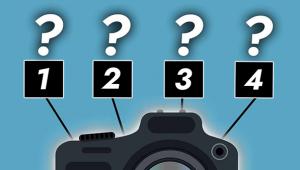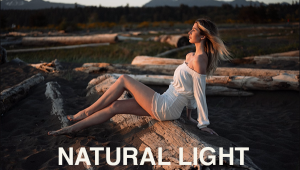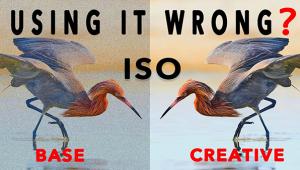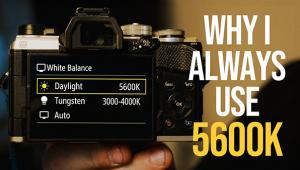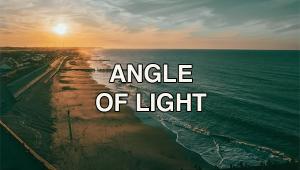Why I Need Pro Lenses; (And Why You May Or May Not Need Them Yourself) Page 2
Internal Focusing
When you’re out in Alaska trying to get that great photo of the polar bear pounding through the ice, it’s hard to control things because your consumer lens is spinning around in your glove trying to focus while you’re trying to hold it steady. Most pro lenses focus internally. That used to be a very big deal with film when photographers used filters more often to darken skies and the lens hood would spin around with the filters in it. Many landscape photographers still use filters, grads, ND and polarizers, so it’s a big plus to not have your lens spinning around for any reason.
 |
|
|
Vibration Reduction
I’ll mention it here because if I don’t, someone, like maybe my editor, will call me on it. The truth is, though, that now stability systems are offered on both pro and consumer lenses. The plus is of course the ability to take photos in lower light handheld. The negatives are increased cost and complexity, and weight.
Professional Service
Some of the major manufacturers offer speedy service and other perks if you are an owner of their equipment. Some are free, and some are paid. If you can’t afford to be without your equipment then this is a consideration.
And Now For The Cons
Now that we’ve heard all these great reasons why a pro-caliber lens might belong in your bag, are there any negatives?
Price
That’s the big one. You’ve got to pay for the design time; the glass; the coatings; the construction. So a pro lens may cost you three times or more what the comparable consumer lens costs. So if you’re a consumer who just takes vacation and Christmas photos, you probably don’t need all the bells and whistles. But if you’re a pro or enthusiast whose camera is pretty much spot welded to your right hand, don’t even think twice.
 |
|
|
Weight
A fat, solidly built pro lens is going to be bigger than the consumer job. Depending on the type of photography you do, it may or may not be a deal breaker.
Apples & Oranges?
Here’s a comparative of two lenses you might consider: In looking for two very similar lenses from the same manufacturer, I came up with two Nikons. The pro version is a 17-35mm f/2.8 lens that weighs 26.3 oz and costs $1280. Their 18-35mm f/3.5-4.5 version weighs 13 oz and costs $520—half the weight and less than half the price.
You’ll find similar comparisons among all manufacturers.
OEM Or Independent?
You may be asking, “Is Canon better than Nikon?” You might also be asking, “Is Nikon better than Tamron?” So let’s lump it all together. I’ve had lenses from the camera maker that were spectacular. I’ve also had some that were dogs. And among independent makers I currently have two lenses from the same maker. I love one of them. The other one just doesn’t cut it, no getting around it. So I suggest you do a little research before buying a lens. It’s pretty easy to do now and Shutterbug regularly has tests on lenses that will be of interest to you. (Editor’s Note: For past lens tests type “Lenses” into the Search box at: www.shutterbug.com.)
As in buying a camera, the first question is always, “What am I going to be using this lens for and
how often will I use it?” That should at least start you on your lens choice journey.
Steve Bedell has been a portrait photographer for over 25 years. To subscribe to EPhoto, a free e-mail newsletter with tips for photographers, contact Bedell at sb@stevebedell.com.
Also ask about his lighting DVDs.
- Log in or register to post comments
















